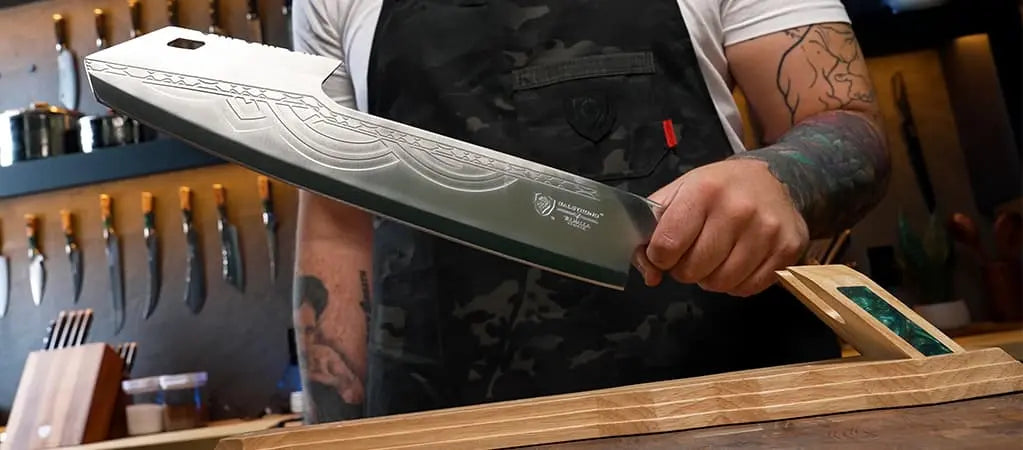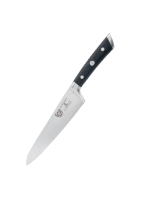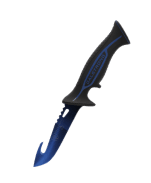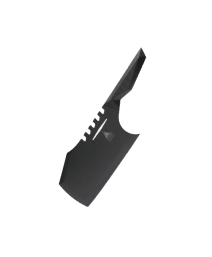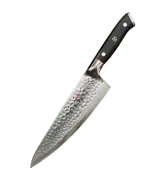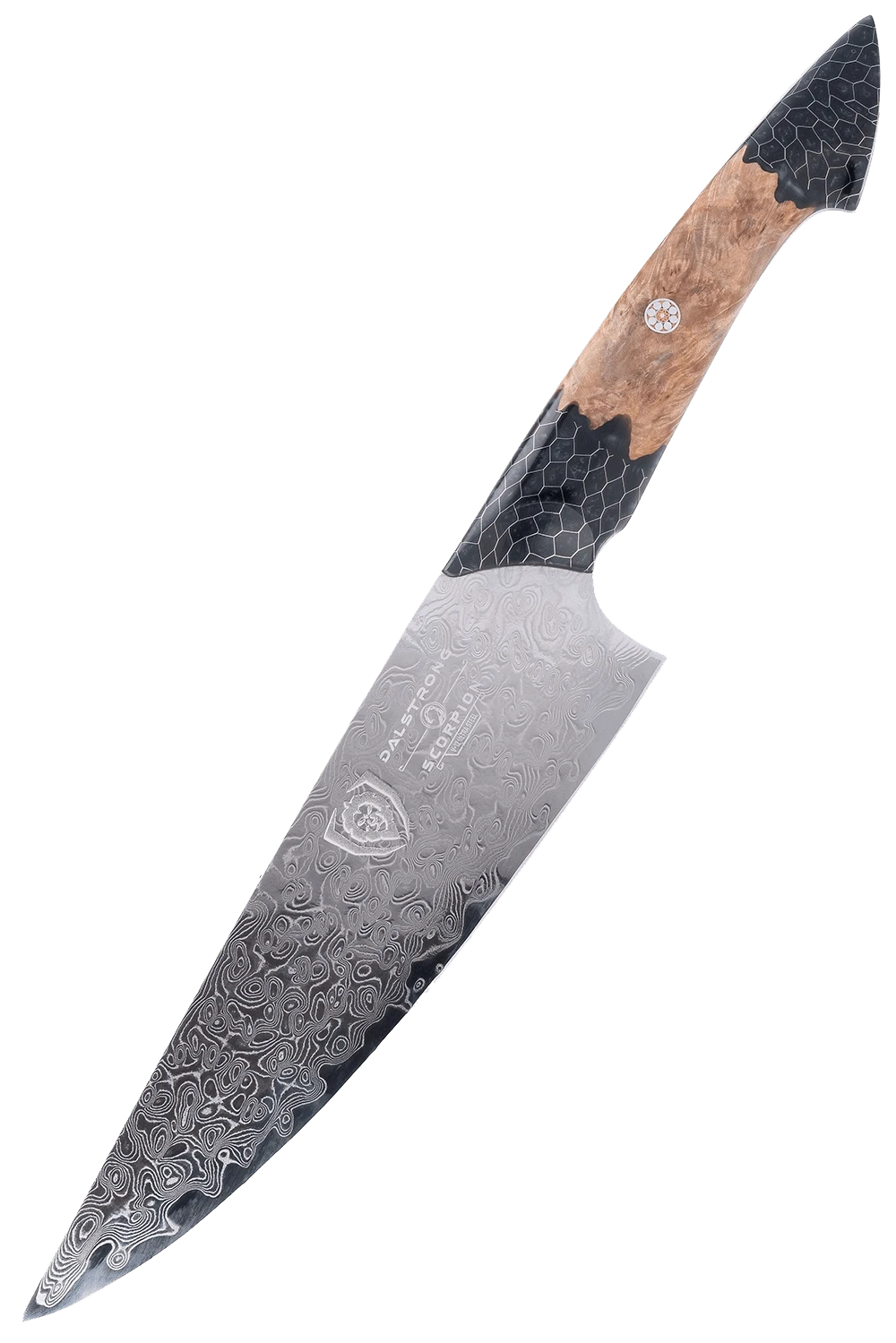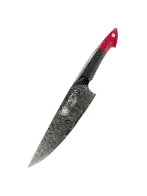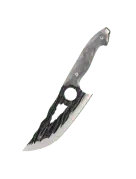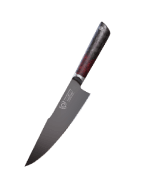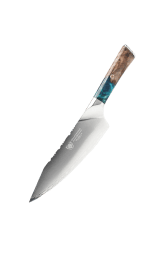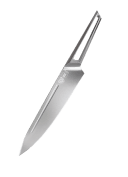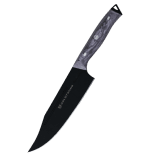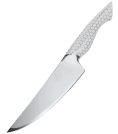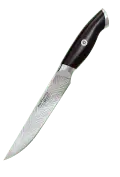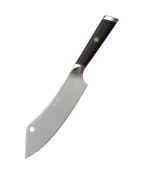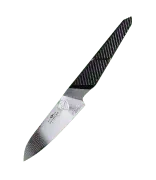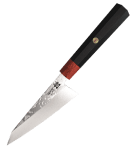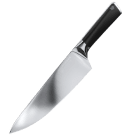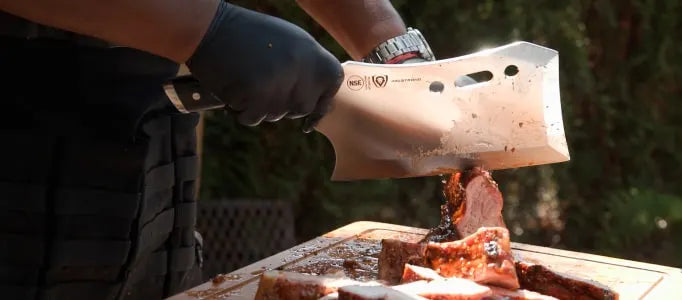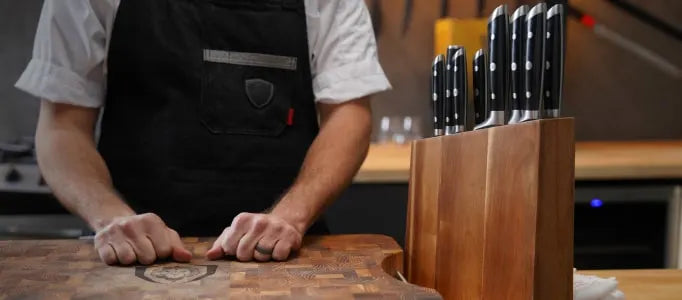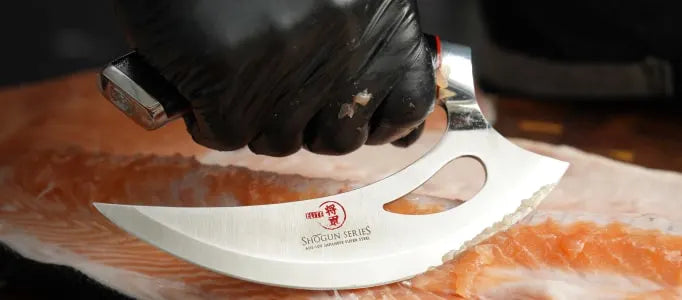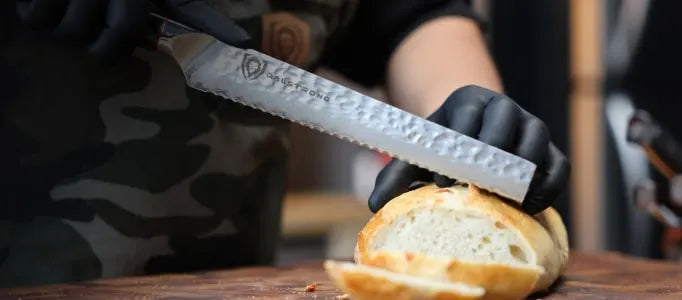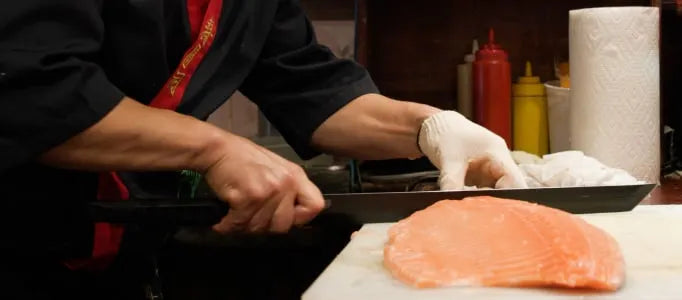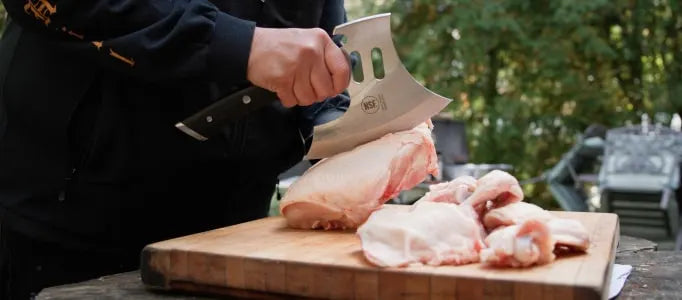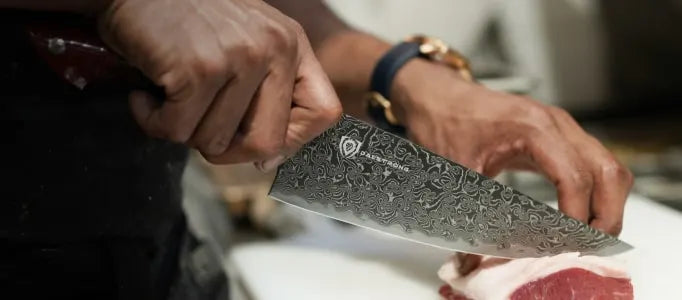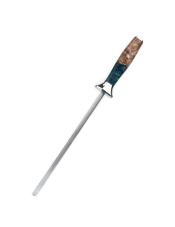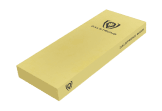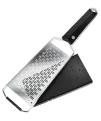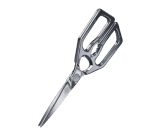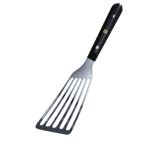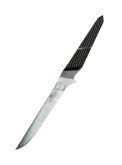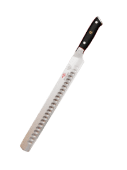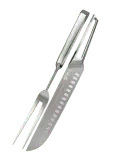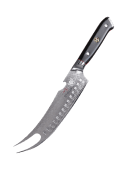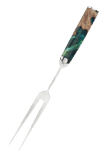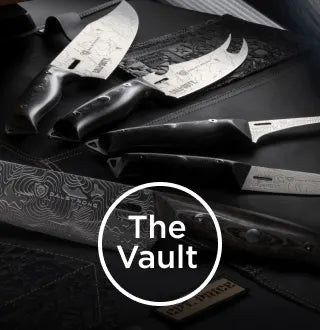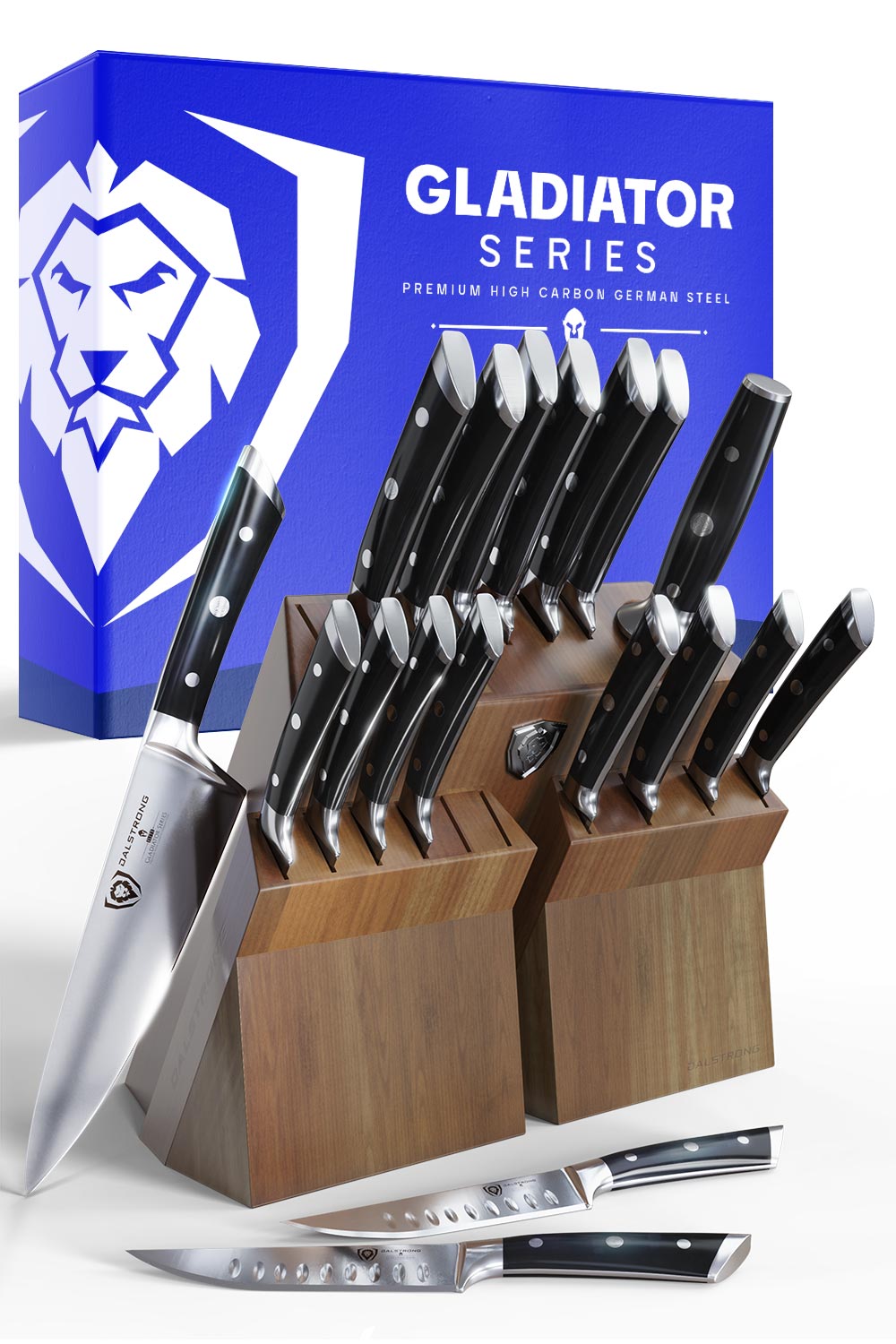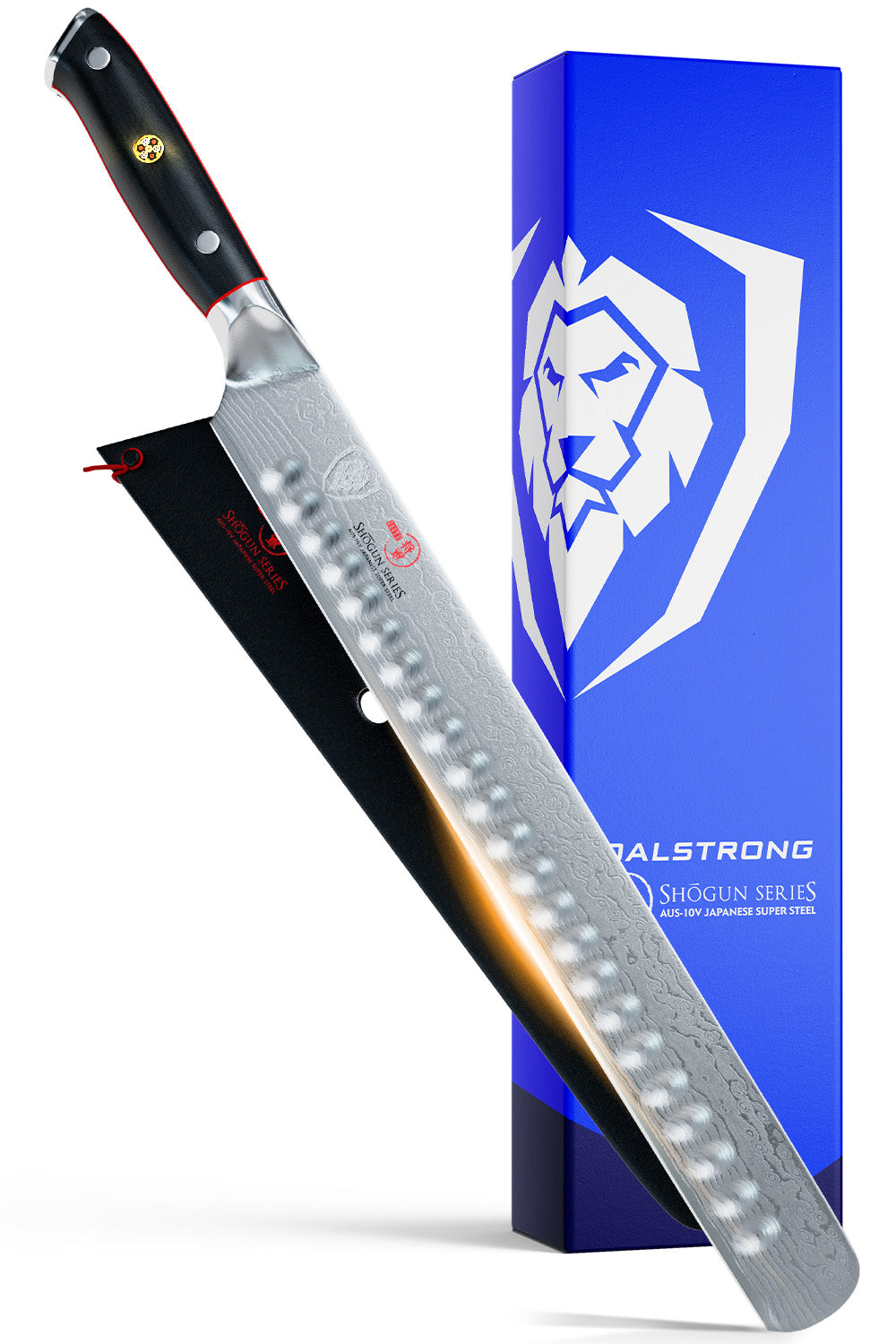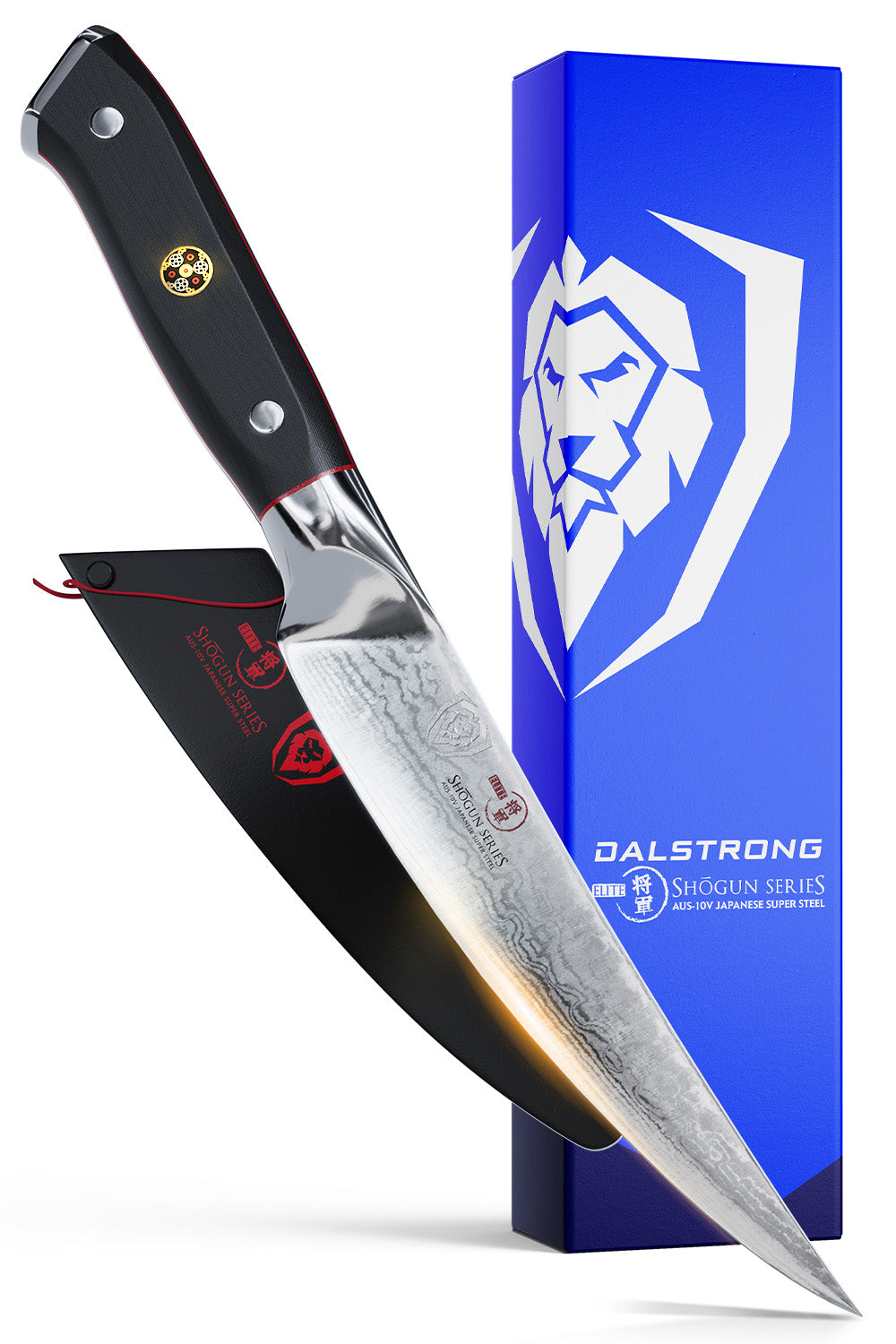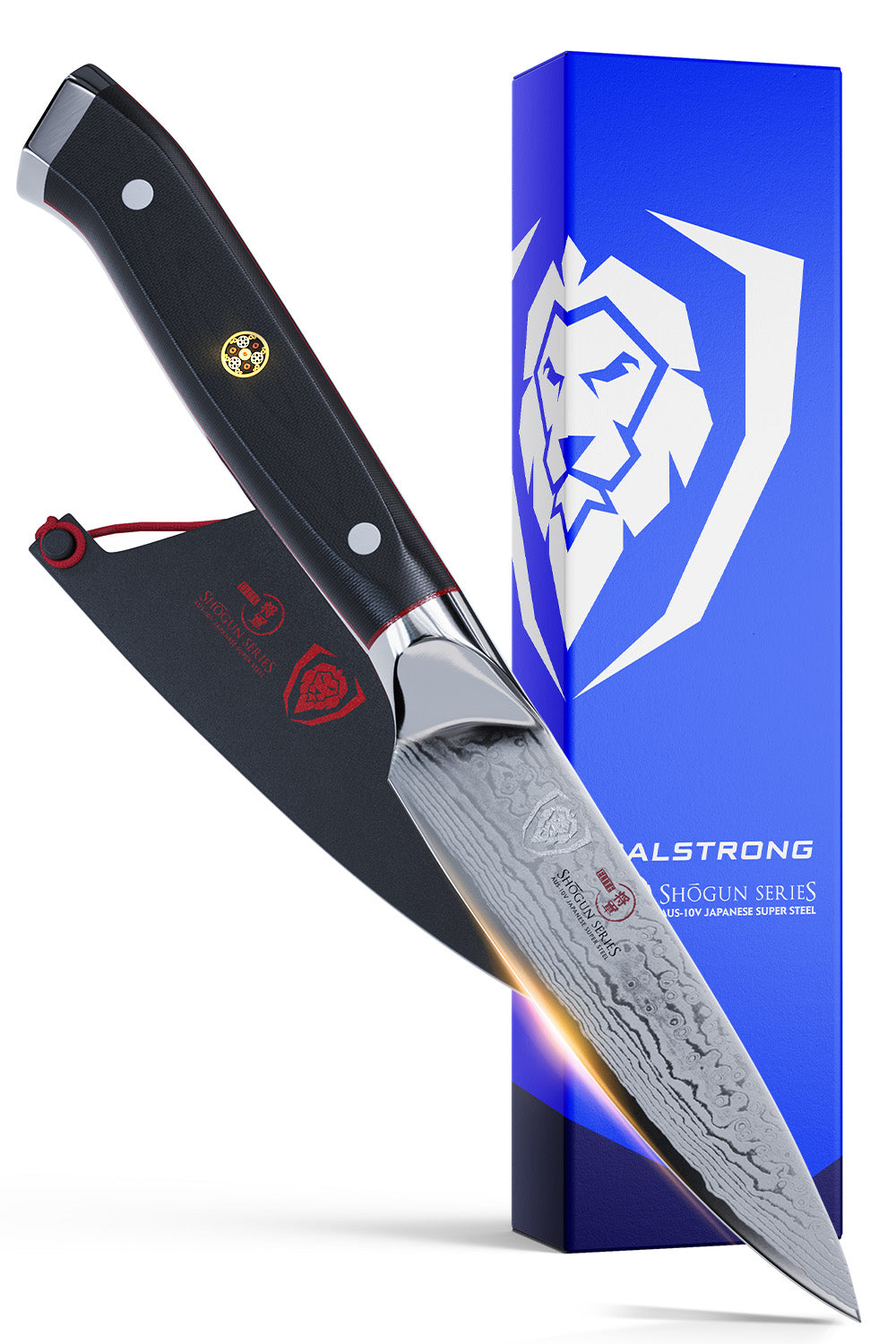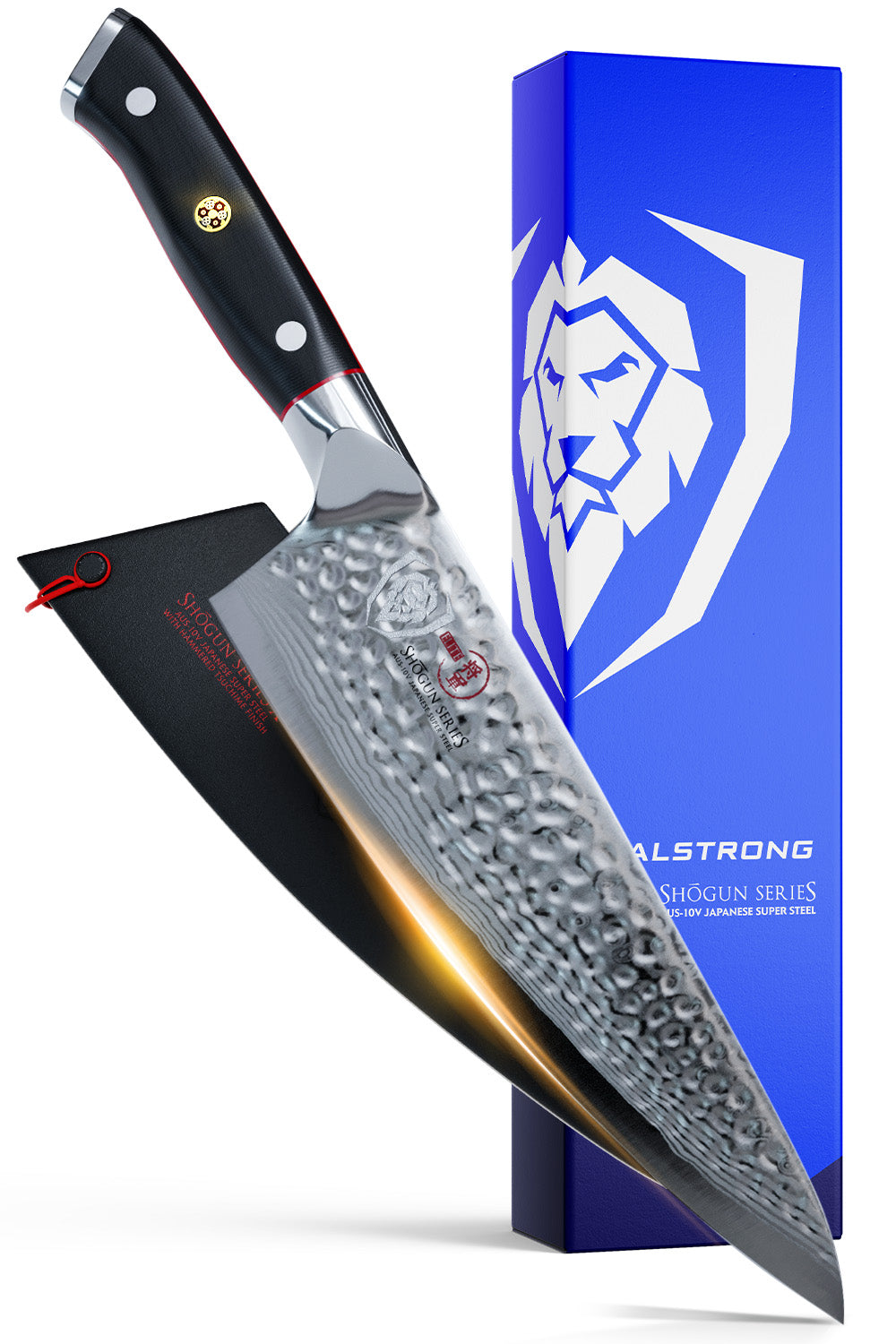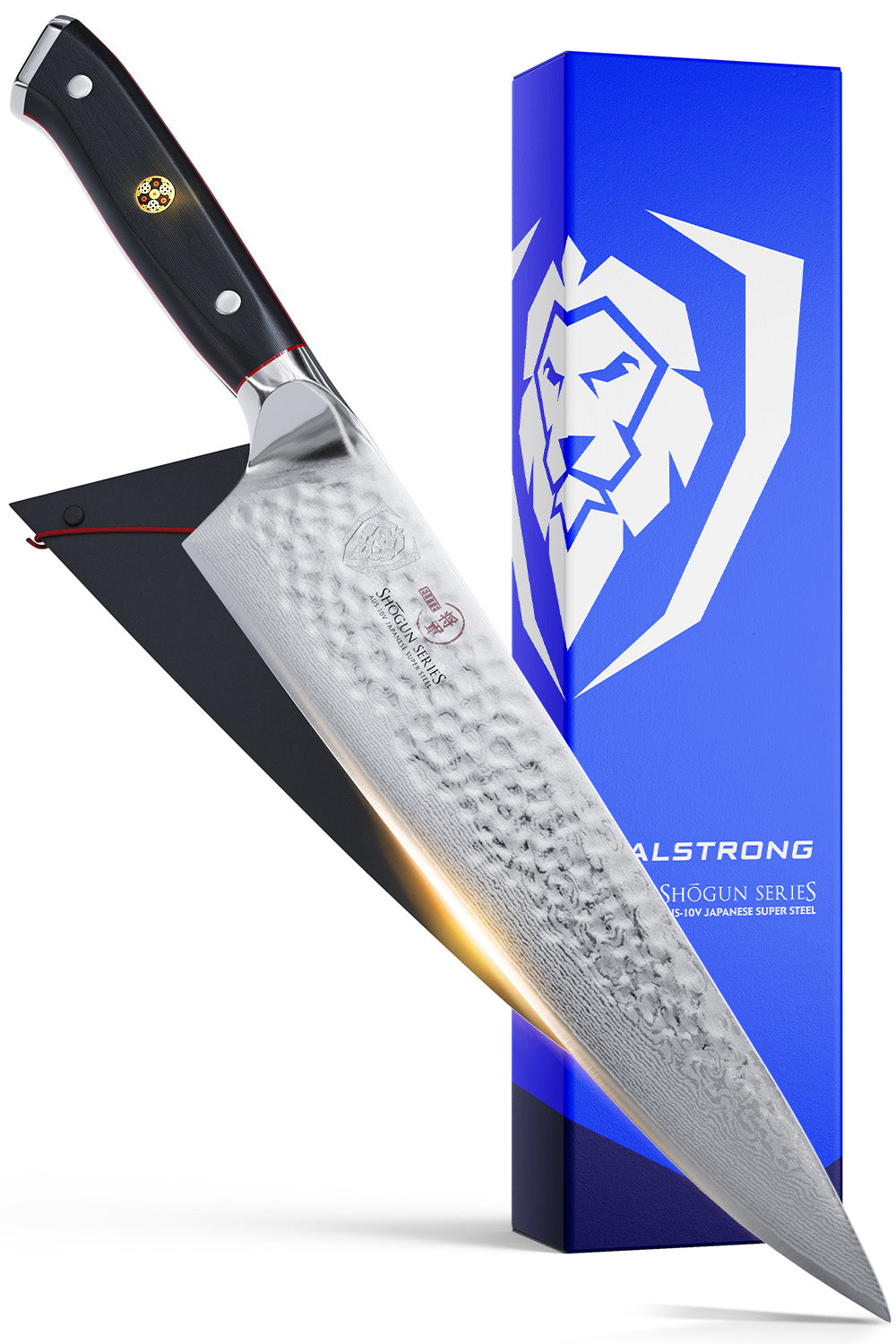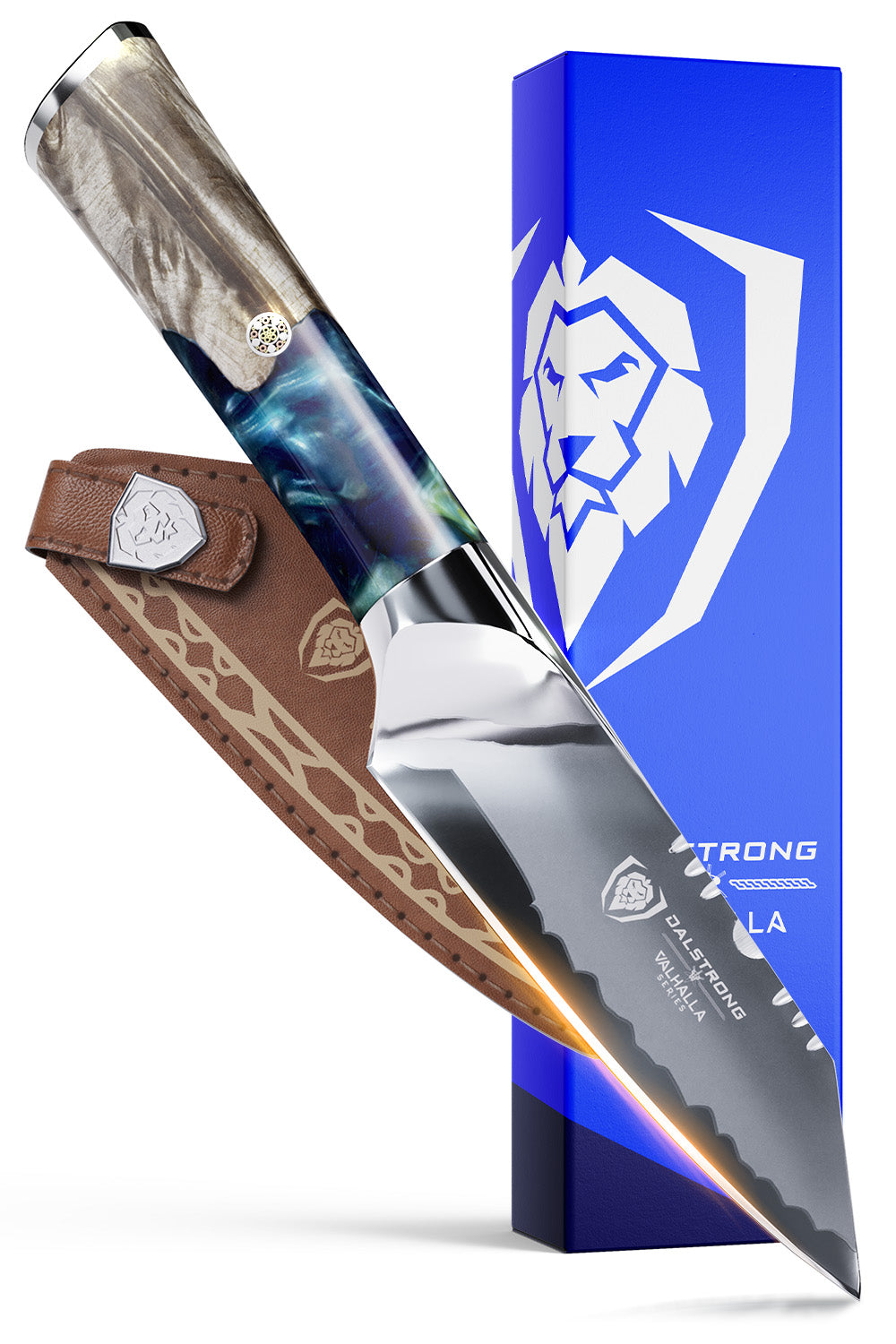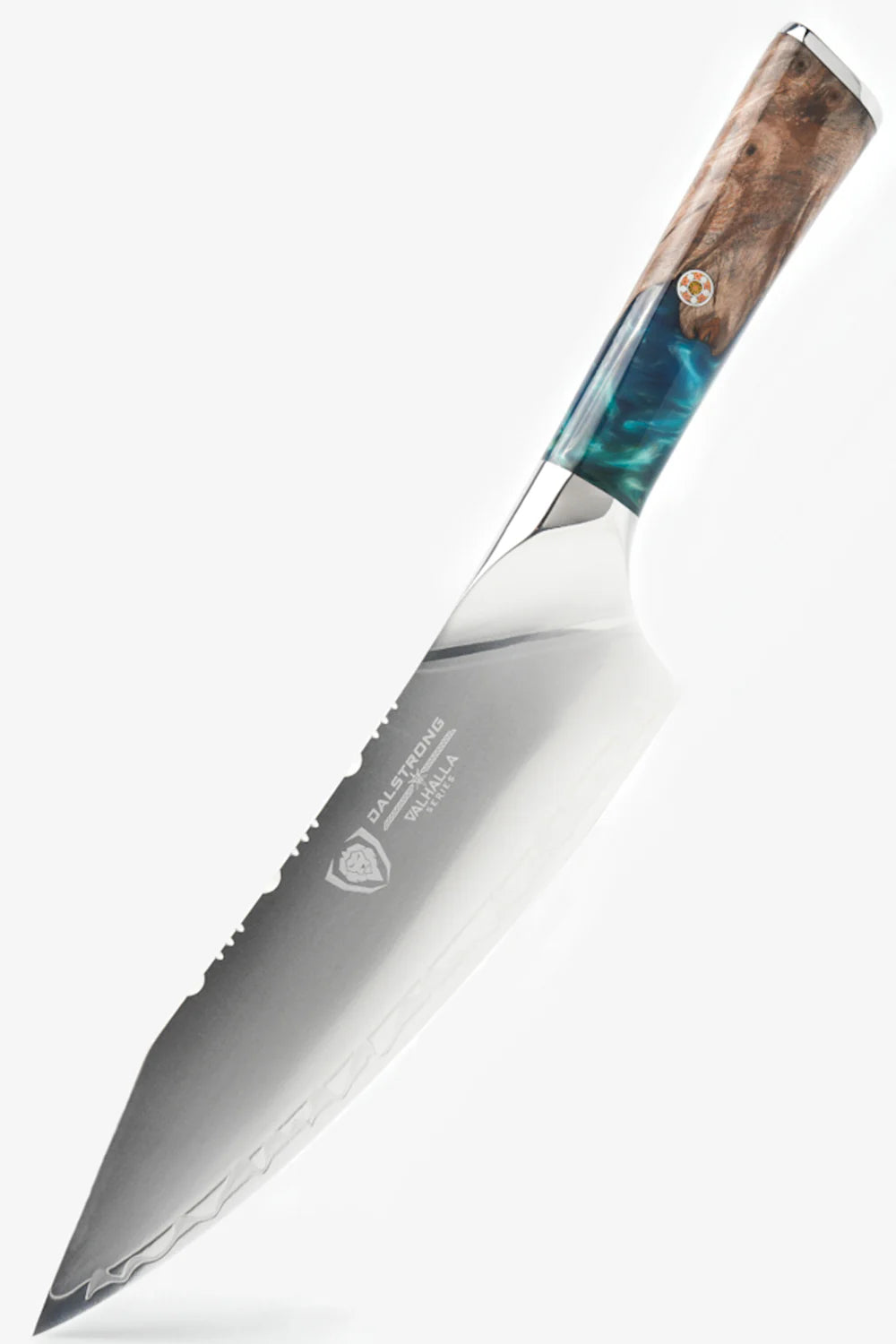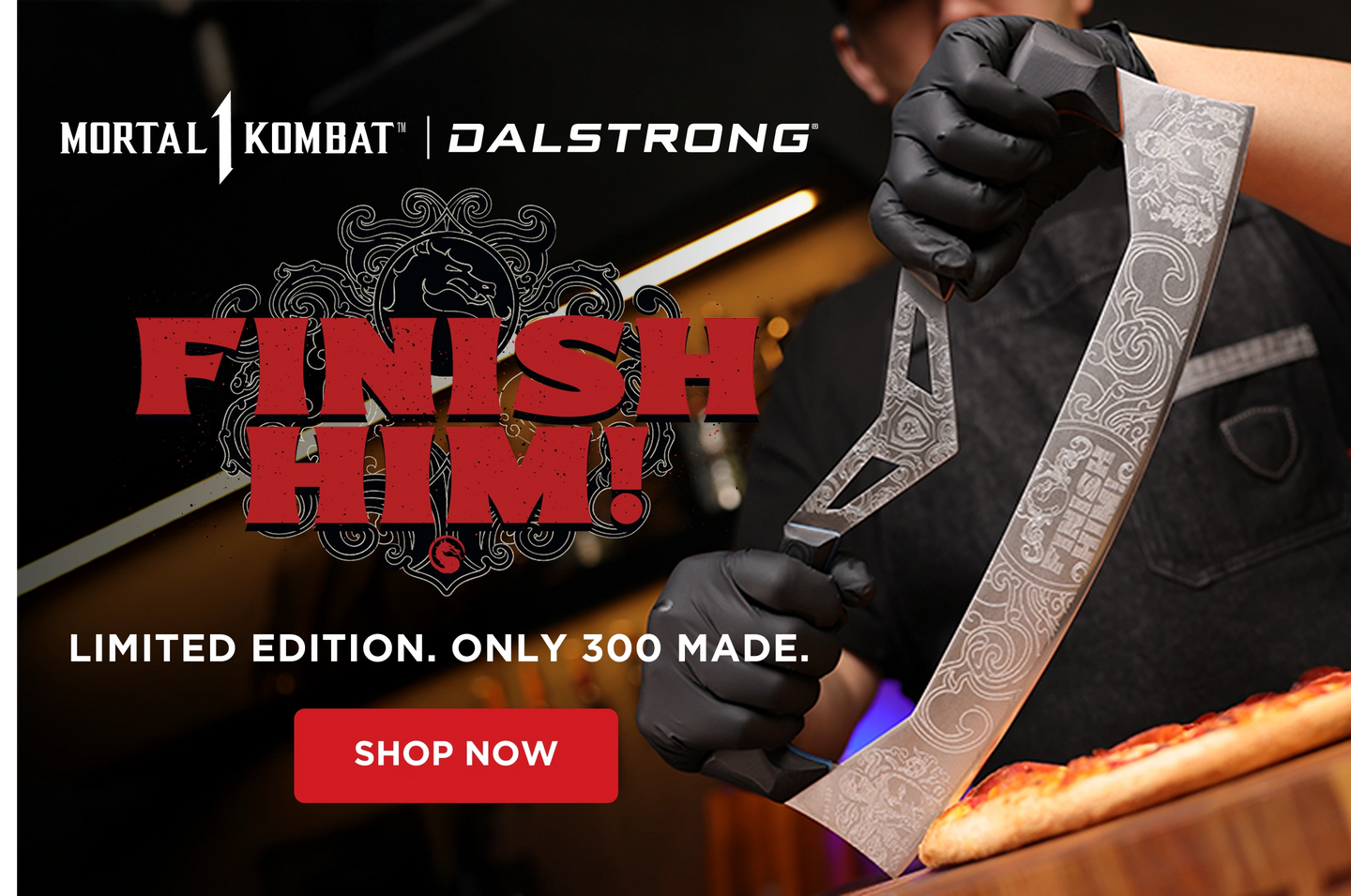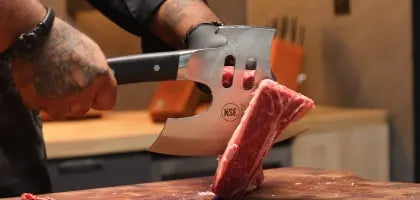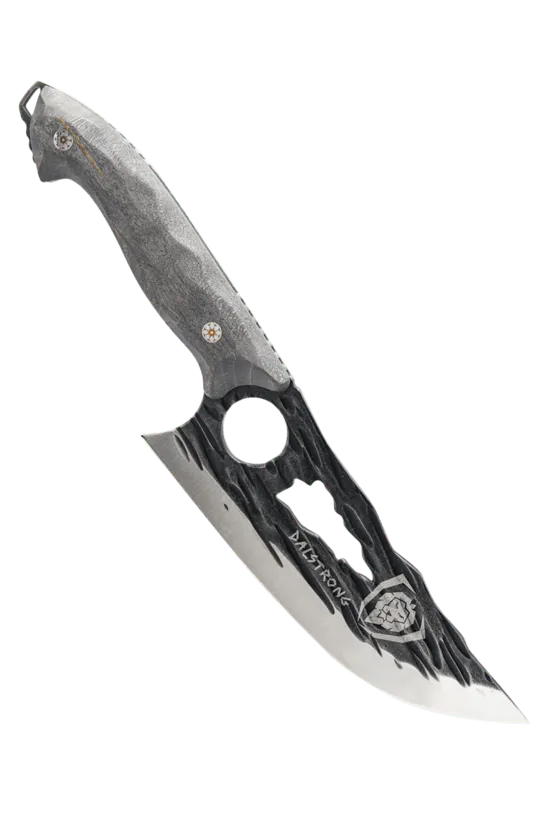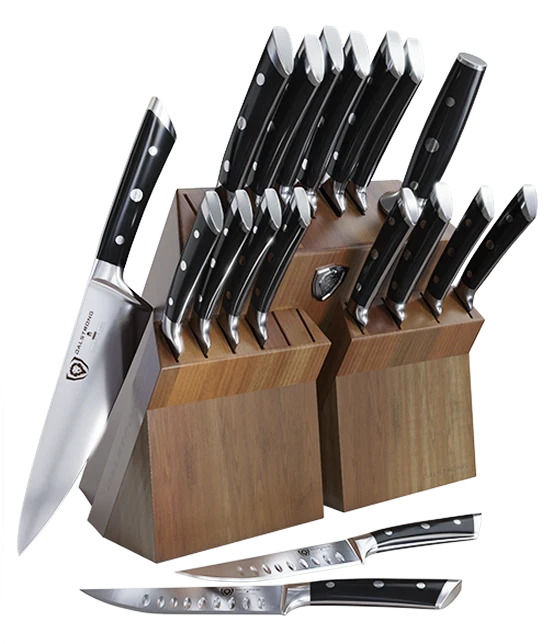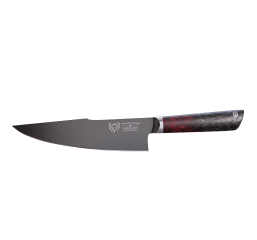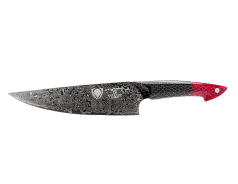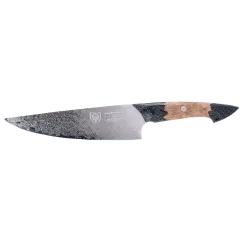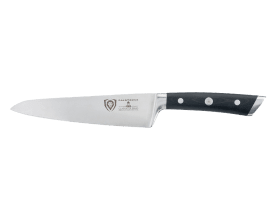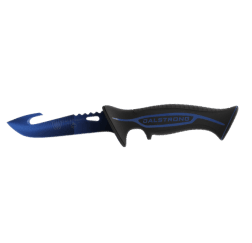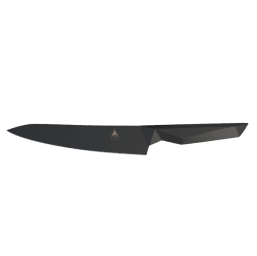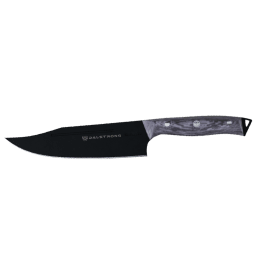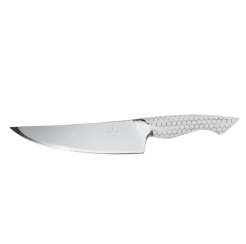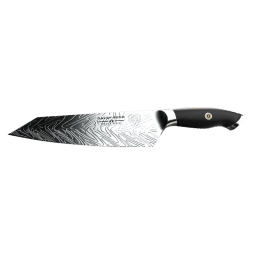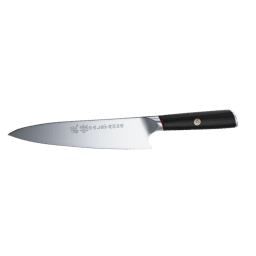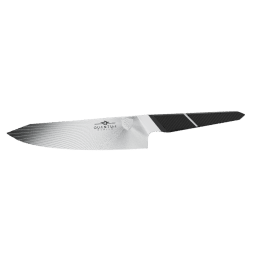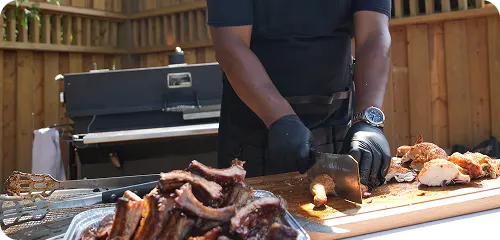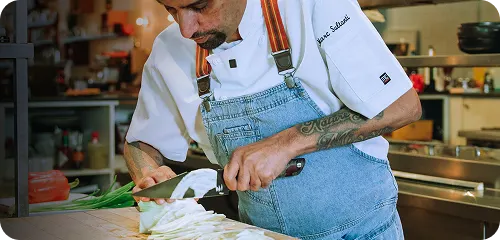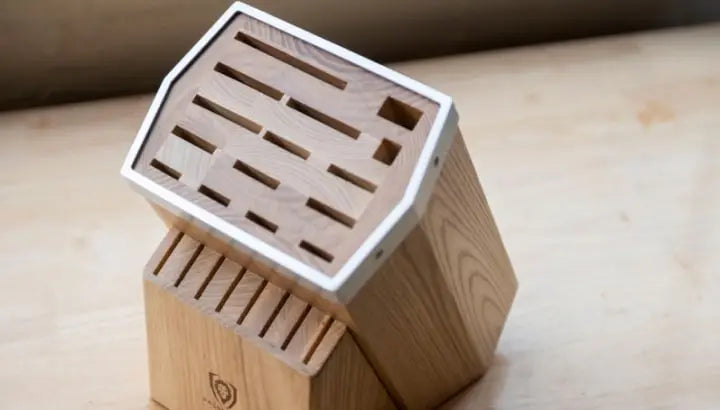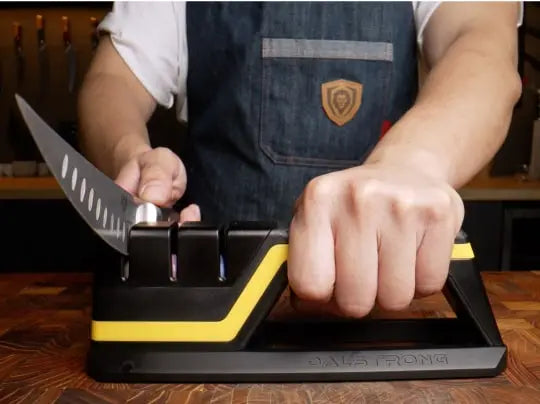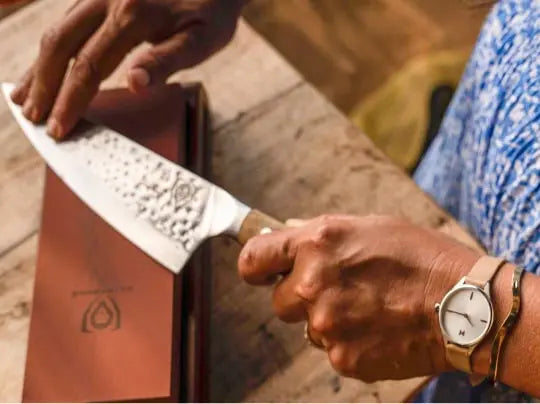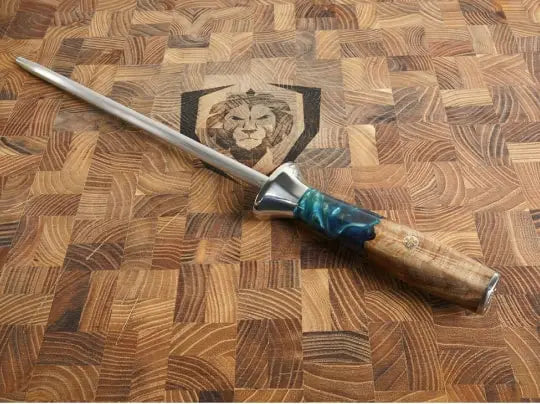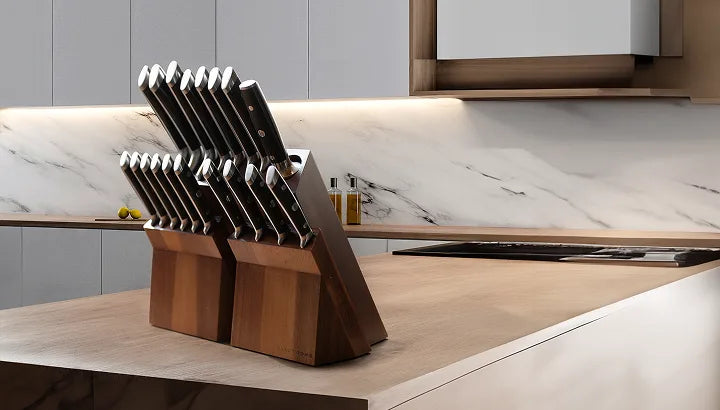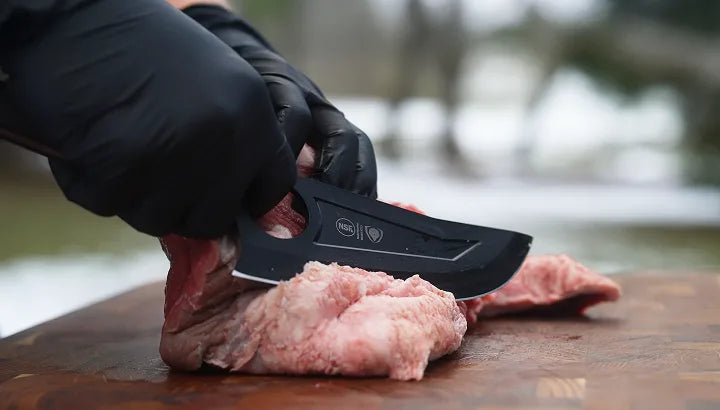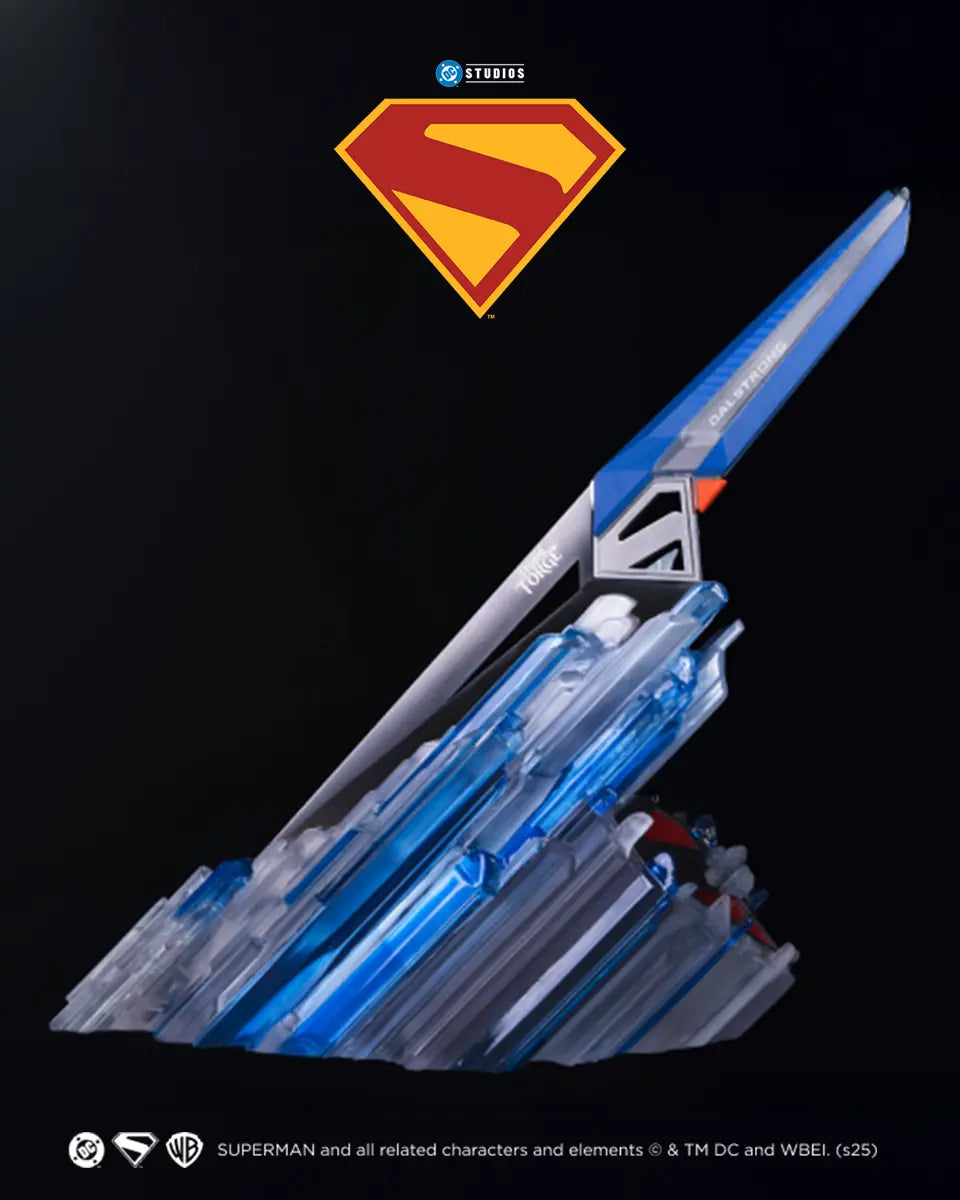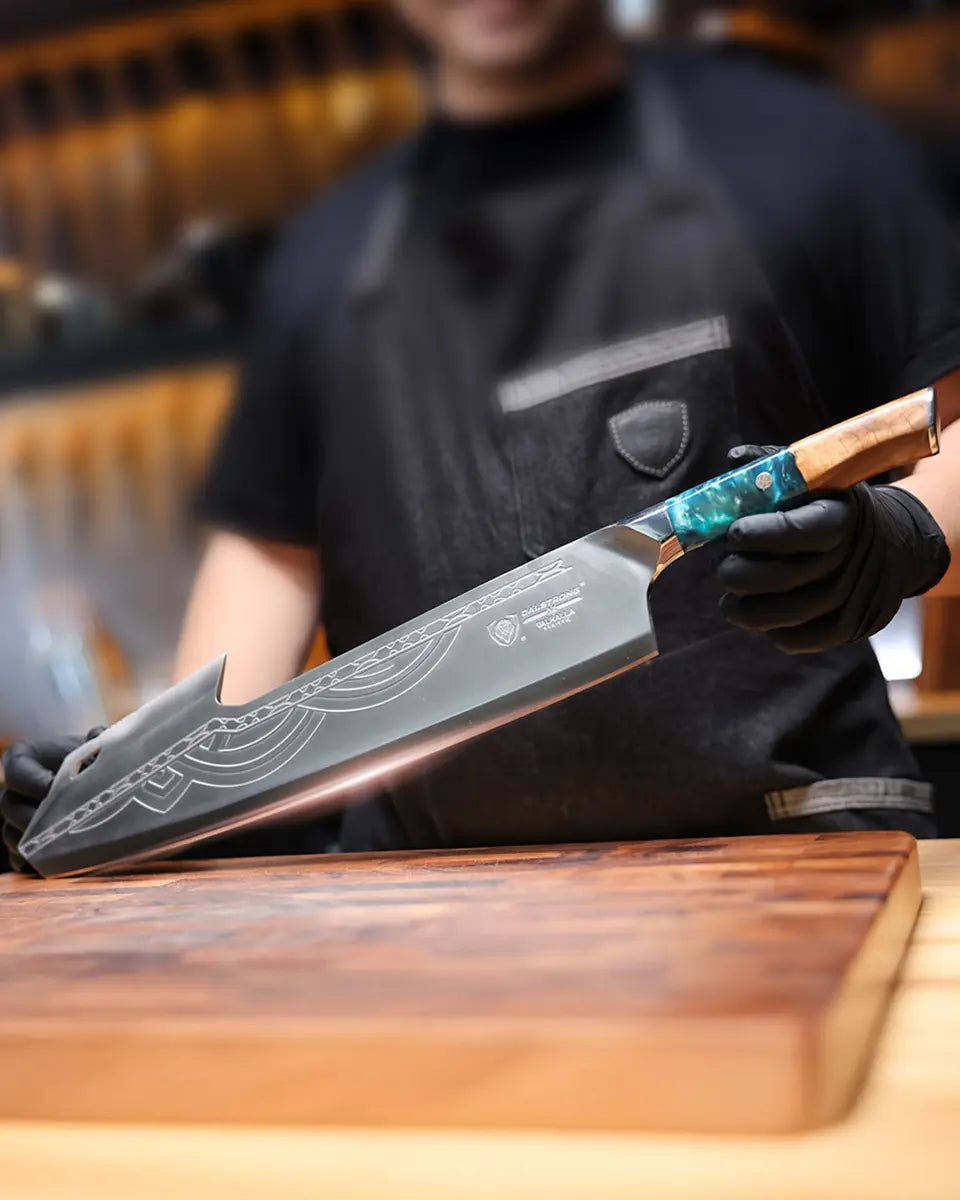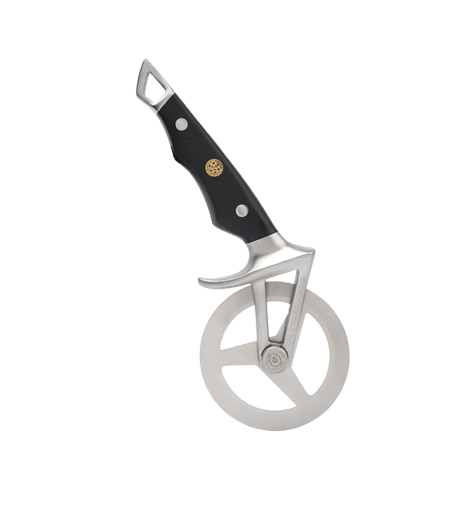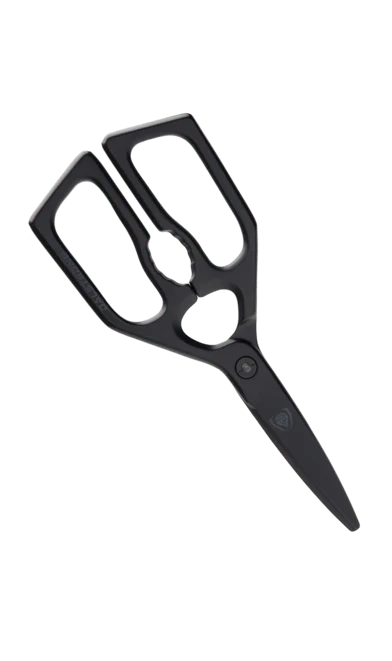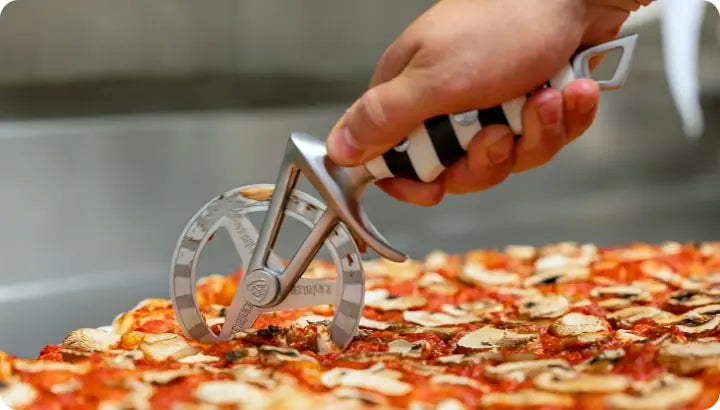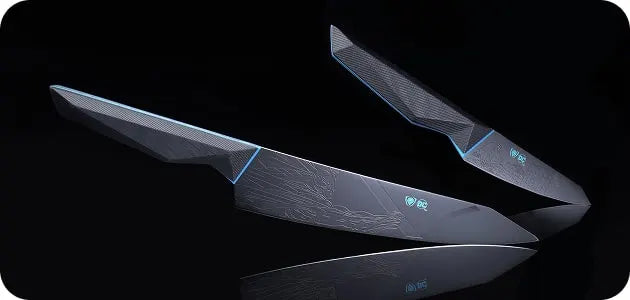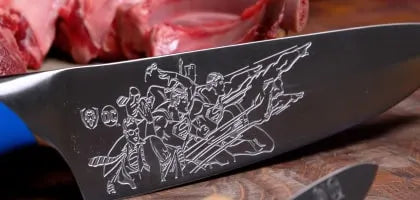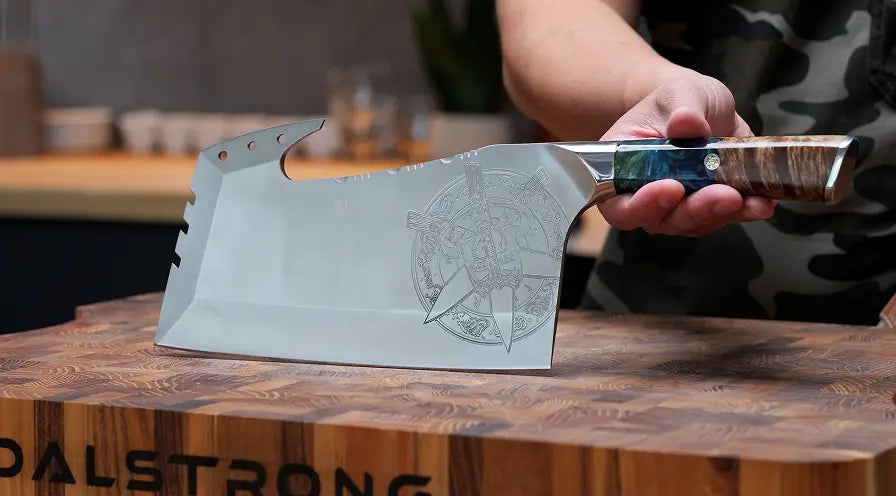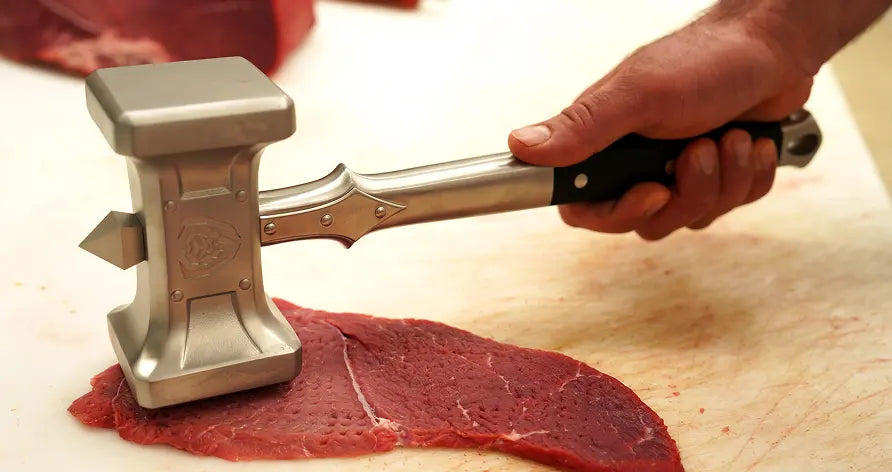How to cut leeks
Have you ever tried to cook leeks before? You’re not alone. While they’ve been popular worldwide throughout history, leeks aren’t a mainstay of current Western cuisine. This underrated veggie is a versatile and nutritious addition to your kitchen. However, when faced with one for the first time, you may find yourself wondering how to cut leeks.
1. About Leeks

A relative to onions and garlic, leeks are prized for their mild, slightly sweet flavor. Though they look like overgrown spring onions, leeks are a unique vegetable. They go great in potato soup or leek tarts, and cooked leeks make a delectable side dish. They can even be used to make a raw leek salad.
Traditionally, leeks have grown throughout Europe and Central Asia. However, they have now spread across the Northern Hemisphere.
In many places, leeks have cultural significance. Remains of leeks have been found in Egyptian tombs dating back thousands of years. They were also a staple of ancient Roman cooking, where they were renowned for their alleged medicinal properties. Emperor Nero was even said to consume leek soup daily because he thought it would improve his singing voice.
At some points in European history, leeks were even more popular than their cousins, onions, and garlic. They were so highly prized that kings even paid their servants in leeks.
According to legend, when Welsh King Cadwaladr fought the Saxon army in the middle ages, he told his soldiers to put leeks in their hats so they could identify each other on the battlefield. Leeks have been a symbol of Wales ever since.
Leeks are so strongly associated with Wales that Queen Elizabeth II’s coronation dress featured embroidered leeks studded with diamonds to represent the country – against the best judgment of the designer, who was irked that he had to include a vegetable rather than a flower. To this day, the prestigious Welsh Guards division of the British Army wears leek badges on their ceremonial uniforms.
Now, while leeks are not necessarily as common in cooking as they have been throughout history, they are still beloved among chefs as an alternative to the harsher flavor of regular onions. Their mild flavor is a great addition to soups, like the classic leek and potato soup.
Cook them in a wok with pork, soy sauce, and a pinch of salt for a delectable stir fry, or sauté them in butter and serve them as a side. Once you get used to cooking with leeks, get experimental – add them to dishes like chicken noodle soup or try eating raw leeks.
2. How To Cut Leeks

Fresh leeks can be found at grocery stores and farmer’s markets. Select leeks with plenty of white or light green along the stalk to get the most out of the vegetable. To ensure that they are fresh, check to make sure that they haven’t started to yellow or turn soft. Fresh leeks should be firm and not withered or bruised.
Before cutting your leeks, select a sharp chef’s knife. Be sure to have a cutting board and a colander handy, too.
Despite their similarities, cutting a leek is a little different from cutting an onion. Since leeks grow buried in sandy soil, which often becomes trapped between layers, you need to be especially careful when washing them.
First, rinse your leeks in cool water and pat them dry with a paper towel. Be careful, but keep in mind that you’ll be cleaning them again later. Next, place the clean leeks on your cutting board and slice off the roots and the leafy green tops. If you see any tough-looking outer leaves, pull them off.
If your recipe calls for smaller slices, slice the leeks in halves or quarters lengthwise first. Alternatively, for complete circles, leave them whole.
One important knife skill to mention is holding your leek steady with one hand, fingers curled under for protection while slicing it with the other. Consider how thick you want your leeks – would you rather have big chunks or delicate slices?
Some leek recipes may call for leeks to be cut in the julienne style. Julienne style refers to vegetables cut into long thin slices, lengthwise. To cut leeks in the julienne style, remove the green tops and the roots. Then, cut the vegetable in half lengthwise, and slice the leek halves into thin strips.
You’re not done yet, though! You’ll need to wash them again before cooking them. Place your diced leeks in a colander or large bowl and rinse them one last time in cold running water. Be thorough to ensure that no sand or dirt remains. Finally, your leeks are ready to cook!
Once you’ve sliced your leeks, use them immediately or store them for a few days in an airtight container in the refrigerator. You can also try freezing chopped leeks for later use.
While exactly how to use your sliced leeks is up to you, consider options like potato leek soup, sautéed leeks, or roasted leeks with olive oil.
3. Best Knives To Cut Leeks With
1. Gladiator Series 7” Chef’s Knife
Eat like a Roman Gladiator when you slice leeks with the Dalstrong Gladiator Series 7” Chef’s Knife. While we can’t guarantee that the ancient Roman belief that leeks have medicinal properties is correct, we can attest to this knife’s power and versatility.
This mid-sized blade is made from single-piece, high carbon German steel at 56+ Rockwell hardness. The handle is made of high-quality G-10 Garolite, which is resistant to heat and moisture.
Pros:
- This knife is one of Dalstrong’s least expensive chef’s knives, perfect for those looking for an affordable yet high-quality knife.
- At 7” this knife is the smallest on this list, making it better suited for precisely cutting smaller fruits and vegetables.
- The G-10 Garolite handle is comfortable and ergonomic – and comes in a wide variety of colors.
Cons:
- At 56+ Rockwell steel, this knife is perfectly capable for everyday use – but professionals may prefer harder steel.
- The smaller size may not be up to some heavy-duty kitchen tasks.
2. Delta Wolf Series 8” Chef’s Knife
This 8” high carbon stainless steel blade is Dalstrong’s current best-selling chef’s knife – and for good reason. The carefully tempered, full tang blade is durable enough to last for years to come. The camouflage-patterned G10 handle is triple riveted to the blade to ensure that the knife is structurally sound and impact resistant. This knife comes with a black PU leather sheath to protect it while not in use.
While some might find the cost prohibitive compared to other models, this knife is truly a worthwhile investment. Crafted to look more like a military-grade weapon than a kitchen implement, this knife can handle any task with strength and precision, just like the Special Operations Forces it honors. Knives from the Delta Wolf series help support The Wounded Warrior Project.
Pros:
- The inky black titanium nitride coating helps reduce friction and protect against scratches.
- Proceeds help support the Wounded Warrior Project.
- The militaristic design is perfect for chefs with a rugged aesthetic.
Cons:
- While not the priciest knife on this list, this knife is one of the more expensive options.
- Some may prefer a more classic kitchen knife aesthetic.
3. Frost Fire Series 8” Chef’s Knife
Sleek and icy, The most striking feature of this knife is its white resin handle, ergonomically created for maximum comfort and decorated with an inlaid aluminum honeycomb pattern. This knife isn’t just pretty, though – it’s also practical. Made of 7-layer, high-carbon, high-chromium steel, this knife ranks at 60-61 Rockwell hardness.
The “frosted” look of the blade is created with a precision-based sandblast finish, which provides non-stick properties in addition to its striking aesthetic touch. The knife comes with a stylish white leather sheath.
Pros:
- Exceptionally beautiful, this knife is a showstopper piece.
- The resin handle is lightweight and comfortable for precise hand control.
Cons:
- The attention-grabbing design may clash with kitchen décor.
- While cheaper than some other options, the price of this knife might be a stretch for those on a tight budget.
4. Crusader Series 8.5” Kiritsuke Chef’s Knife
Made of a single piece of precision forged high carbon German stainless steel, this Kiritsuke knife is an unmistakably elegant addition to your kitchen. The minimalist design of this knife means that it’s easy to clean, with no place to trap mold or debris. The handcrafted Acacia wood sheath features a magnet to keep the knife safely in place while not in use.
Kiritsuke knives are popular in Japan as a versatile cross between Yanagi knives used for slicing fish and usuba knives, used for vegetables. This knife is a great option if you’re looking for a versatile tool that can handle a wide variety of tasks, and it’s also one of the more affordable options on this list.
Pros:
- Versatile Kiritsuke style can be used for cutting fish, vegetables, and fruits.
- The sleek, visually appealing style isn’t just for looks – it helps keep the knife clean and sanitary.
- This knife comes at an accessible price point without sacrificing visual appeal.
Cons:
- Some people may prefer a traditional chef’s knife design to the Kiritsuke style.
- G-10 Garolite or resin handles can provide a more comfortable grip.
- At 8.5” this is one of the largest knives on this list – which some people might find unwieldy for slicing smaller vegetables.
5. Quantum 1 Series 8.5” Chef’s Knife
As the priciest knife on this list, the Quantum 1 Series Chef’s Knife is for serious chefs willing to pay top dollar. Engraved with an elegant “nova prime” blade pattern that helps the knife slice smoothly and seamlessly through meats and vegetables, this BD1N-VX full tang steel knife is a force to be reckoned with.
The comfortable, well-balanced handle is made from a hybrid of G10 and carbon fiber, which is durable and able to withstand heat and moisture. Additionally, this knife comes with an attractive leather and carbon fiber sheath to protect the blade.
Pros:
- BD1N-VX steel is top quality for superior strength and sharpness.
- At 63+ HRC, this knife is made of exceptionally strong steel and offers top-of-the-line toughness.
- “Nova prime” pattern reduces drag, making for a clean and efficient cut.
Cons:
- This knife may be expensive for amateur chefs just getting started or people on a budget.
- Some may prefer a smaller blade for tasks like cutting vegetables.
- While this knife’s exceptionally hard steel won’t dull easily, it can be difficult to sharpen.
Remember, no knife collection is complete without a cutting board. A quality cutting board, like Dalstrong’s Teak Cutting Board, will make all the difference. This cutting board is a stylish, expertly crafted option for any kitchen.
Made of sustainably sourced tropical teakwood, exceptionally durable material with natural moisture resistance, this cutting board will be a kitchen staple for years to come. The ruler along one edge is a handy tool that makes even, precise cuts easy for the perfectionist chef.
Now that you know how to cut leeks, you’ll be unstoppable. Armed with the right tools, you'll be able to cut anything you wish – from leeks and onions to mangoes and watermelons. Remember, practice makes perfect, so keep cooking and you’ll soon be able to cut any vegetable that comes your way with confidence.
4. Frequently Asked Questions

What part of the leek do you cut?
When cutting leeks, cut the white and light green parts of the vegetable and toss the roots and dark green leaves. Make sure not to cut too far up – while the leek greens are edible, they’re bitter.
Can you use the green part of the leek?
The dark green leaf is tough and has a bitter flavor, so you shouldn’t use them in your favorite leek recipes. However, the leaves can be used to make vegetable stock for soups.
How much of a leek do you trim?
Trim the leeks before the green leaves start to branch out. Many leeks have a fairly distinct line where the light green part of the vegetable shifts to a darker shade.
Do I have to clean leeks?
Cleaning leeks is an essential part of cooking since dirt gets into the crevices of the leaves quite easily.
Check Out Dalstrong Knives Today
Written by Cassie WomackBased in Richmond, Virginia, Cassie enjoys trying challenging new recipes with her cat for company.



